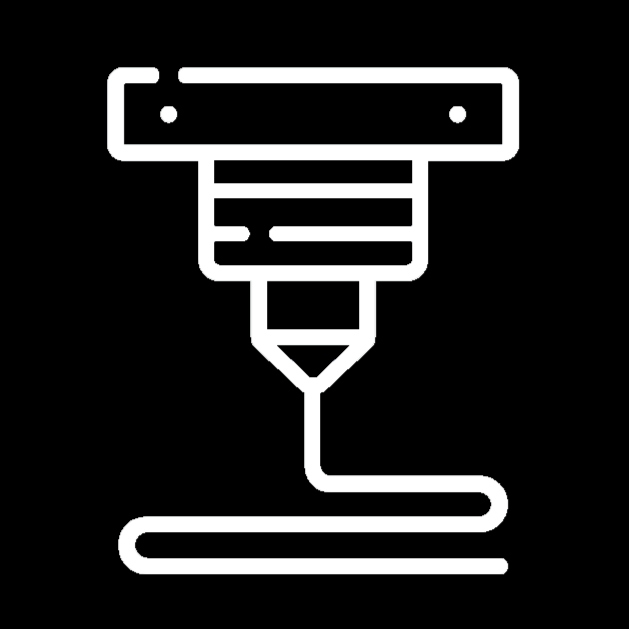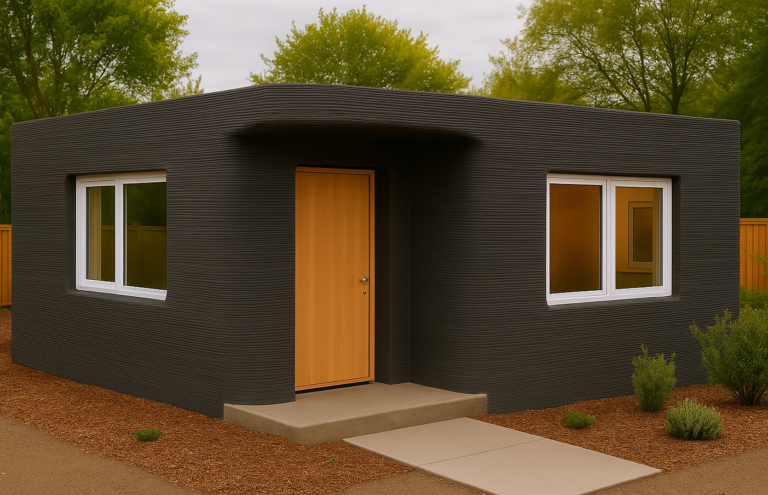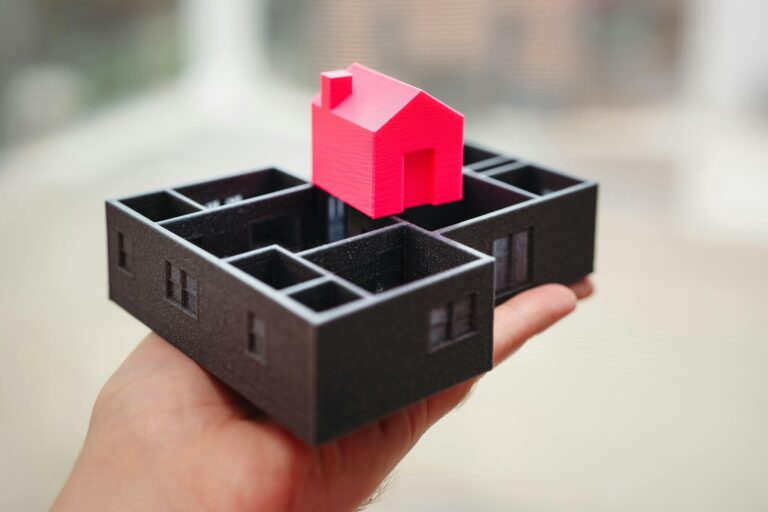The Practicality of 3D Printing
To many, 3D printing remains just a hobby—a sort of art where one’s ideas can be created in a small garage. However, in its entirety, additive manufacturing technology (3D Printing) is and will continue to be a major advancement in engineering and manufacturing.
With the right 3D printing tools, industries and companies can thrive and deliver products quicker and more efficiently. In architecture, 3D printing eliminates the need for tedious wooden models by providing a more efficient way to visualize buildings. Aerospace companies similarly use 3D printing but have also started to implement 3D printing methods in the actual manufacturing of parts.
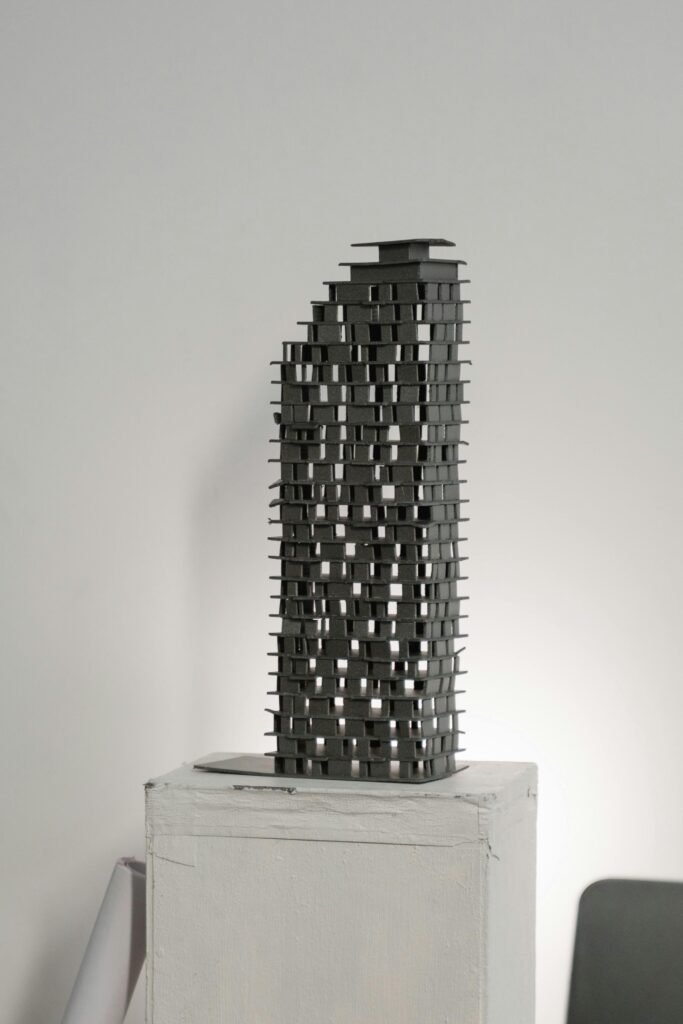
While this all seems very exciting, the average person doesn’t have access to these types of tools. For hobbyists, it’s difficult to get access to high-level printers and special filaments, let alone understand how to use them. But even with the most basic 3D printer, there are so many simple things one can print that would prove to be practical around a household.
Here are five useful things to 3D print:
Headphone Stands

As a hobbyist, the very first practical object I had 3D printed was a wall-mounted stand for a pair of headphones. Placing my headphones on my desk and cluttering my work area always annoyed me. So, I decided to design a stand that could be easily mounted on the wall near my desk.
The best thing about creating stands for objects is that you can choose how you want your stand to be. For me, a wall-mounted stand worked best. However, another option is a stand that could simply sit on your desk. A third option is a stand mounted to the corner of a desk.
Overall, designing and 3D printing a headphone stand is a great way to organize and de-clutter your workspace.
Keychain Holder
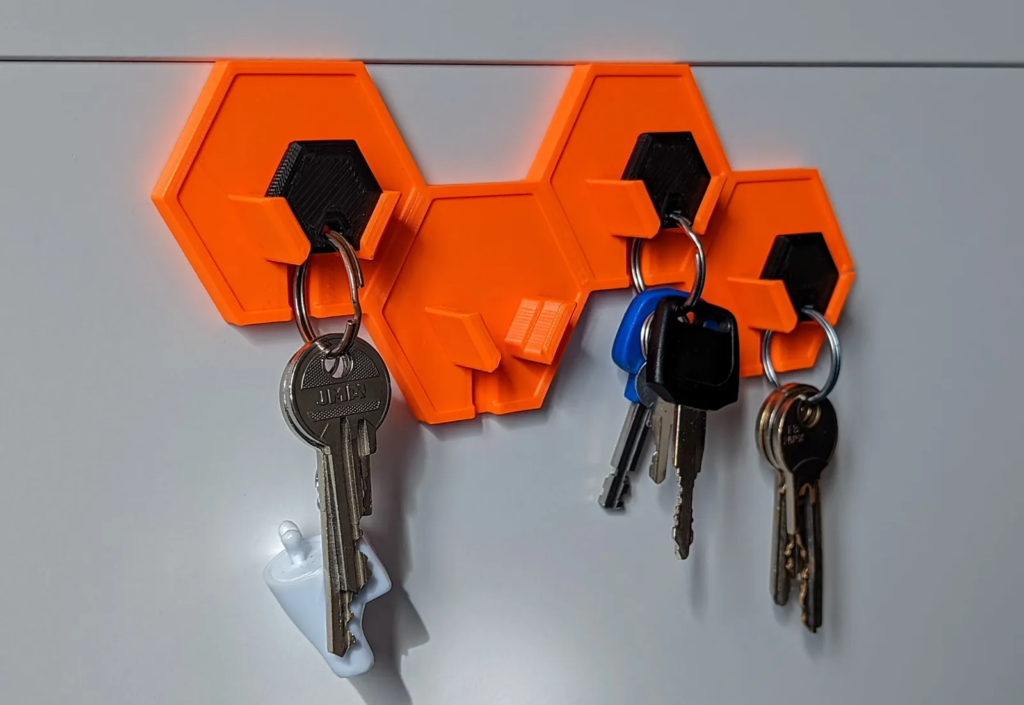
A keychain stand/holder has pretty much the same functionality as a headphone stand. Dedicated keychain holders can clear up space, while also ensuring a safe place for your keys to avoid losing them.
Just like headphone stands, designing the stand yourself is often more beneficial than using someone else’s model. With your model, you can choose how many keys it holds, whether the stand is meant to be nailed into the wall or simply stand on a desk, etc.
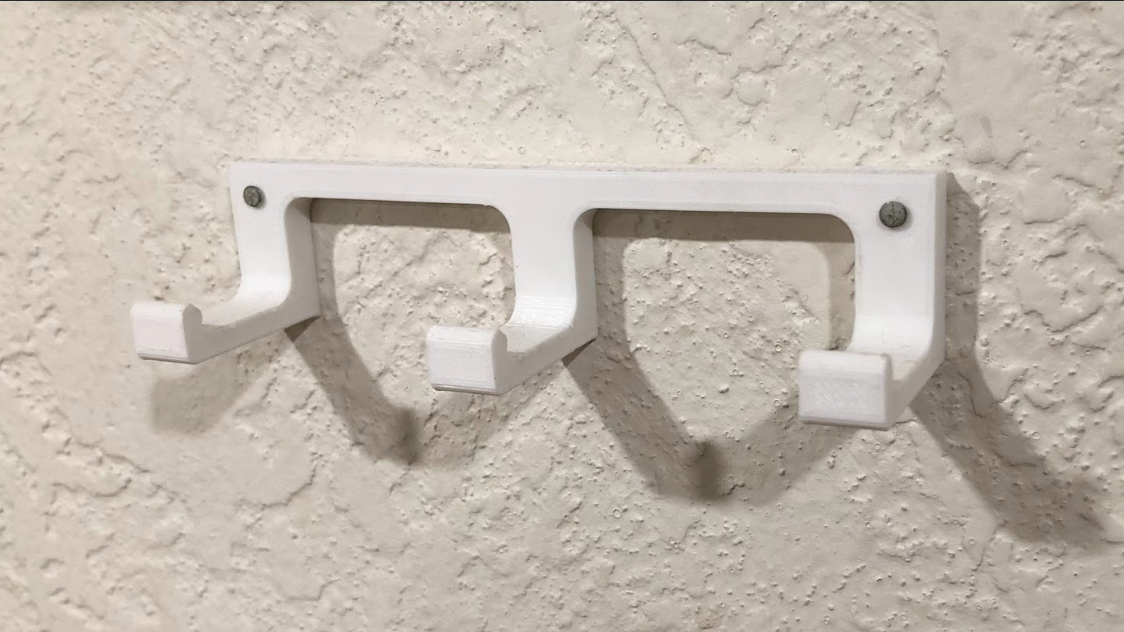
This image shows a particular model I designed years ago as one of my first projects with Autodesk Fusion 360. To help organize our keys and ensure we don’t lose them, my father challenged me to design a keychain holder that could be easily nailed into the wall. I asked him if he’d prefer some sort of decorational print that goes along with the model, but he told me to, “keep it as simple as possible”.
While my model was as simple as could be, you can make your keychain stand/holder more decorative if you’d like. Most of the time, the most practical prints are the simplest ones. But sometimes, it’s satisfying to add something to the print that gives it personality.
Cable Organizers
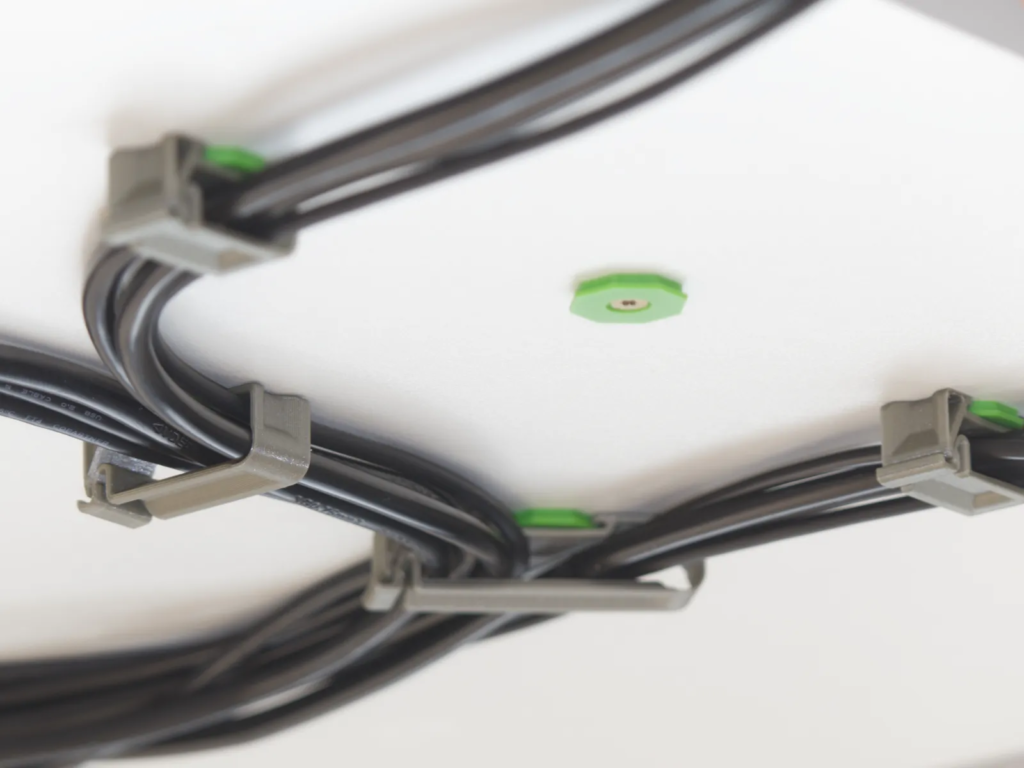
In a world where electronics have become such a necessity in people’s homes, all of us have gone through the pain and dissatisfaction of messy, unorganized cables. Whether it’s a computer setup, TV setup, or even a record player setup, cables will always get tangled. For that reason, designing and printing cable organizers is a great way to tidy up your workspace.
Most cable organizers are designed to be out of sight, to ensure your workspace doesn’t look too cluttered. You can choose how you want your organizers to function. There are many cable organization kits online that include different parts for different types of wires. You can use these kits as inspiration to create similar models to use for your own organization system.
Phone Stands

It isn’t a surprise that phones are probably the most used electronic in the world right now. Therefore, there are many products that act as stands for phones in different scenarios. The most simple phone stand is one that is part of the phone case and can hold a phone up when watching videos. Another simple design is one that is separated from the phone case, but serves the same purpose.
Another idea is a phone stand that can be used in a car. Most phone stands for cars are connected to the car’s air conditioning vents. This is another model I tried designing. I wanted to design a stand that would allow my parents to see their navigation system better. I designed the model in Fusion 360, and at first, it was pretty successful, but some problems started to show.

First of all, I used PLA filament, which was a mistake. PLA is great for many things, but a common problem people face with PLA is that it bends and morphs very easily. Therefore, the PLA model sitting in a car for days at a time, especially right in front of the air ventilation system, became significantly bent.
So, if you want to design something similar, it’s best not to use PLA filament. Instead, use filaments that have a higher melting or UV resistance, like ABS or ASA.
Phone stands are great to design for beginners and hobbyists because it’s a challenge that encourages a vital aspect of design: measurements. In order to design an accurate phone stand, one must measure their phone in different dimensions, so the final design can hold the phone more supportively.
Storage Organizers

Storage organizers are one of the easiest practical models to design. It can be as simple as a few boxes, sectioned off, stacked on top of each other in a drawer-like style. For those who are just starting with their first design, it can be pretty intimidating to design phone stands and cable organizers. Although they may take more filament to print, storage containers or crates have a much simpler design.
These storage containers can hold practically anything within a reasonable size. One idea is a storage system that holds and separates screws/nails by their size. Another idea is a storage system that holds stationary items like pens, pencils, erasers, etc.
